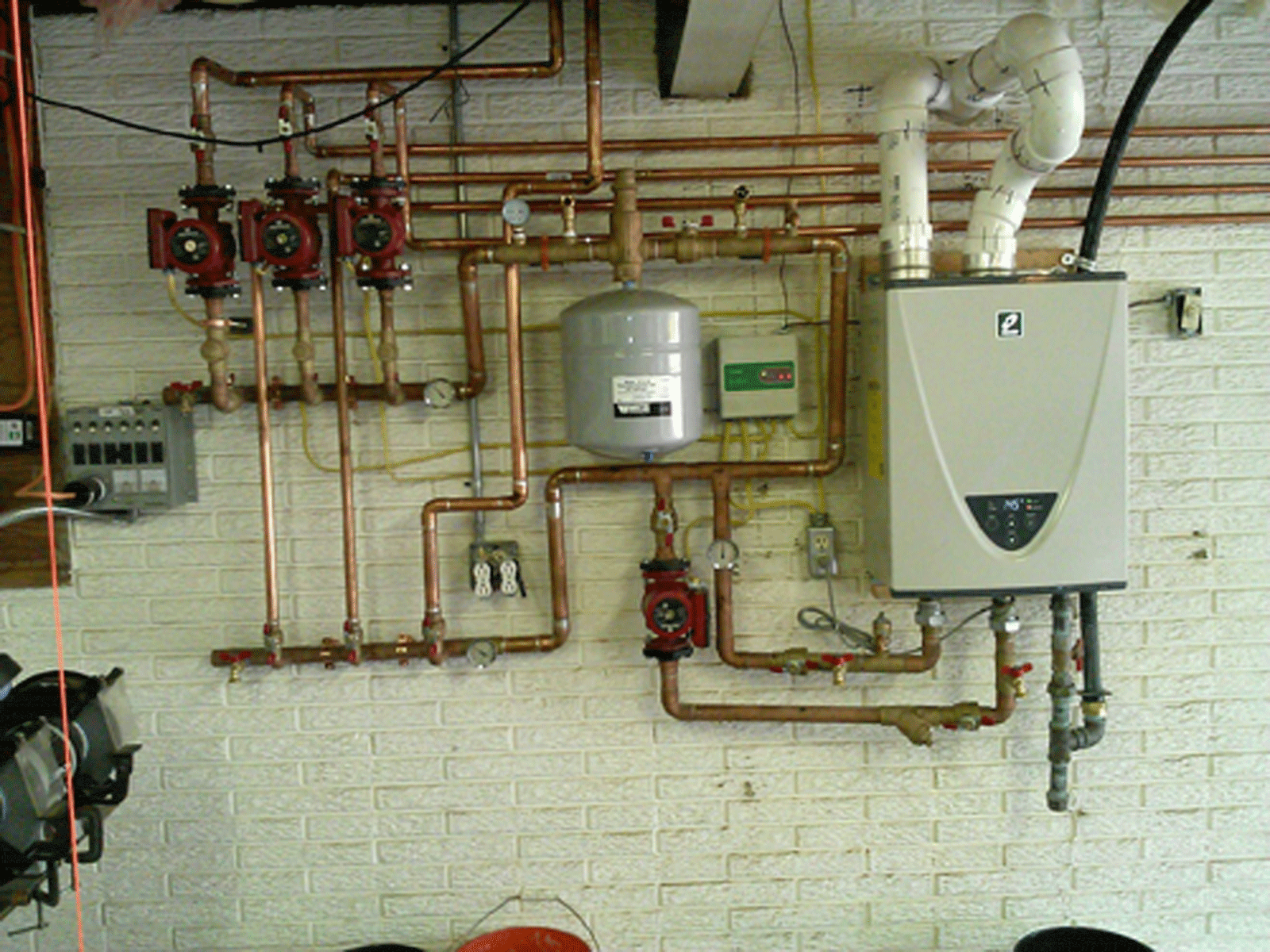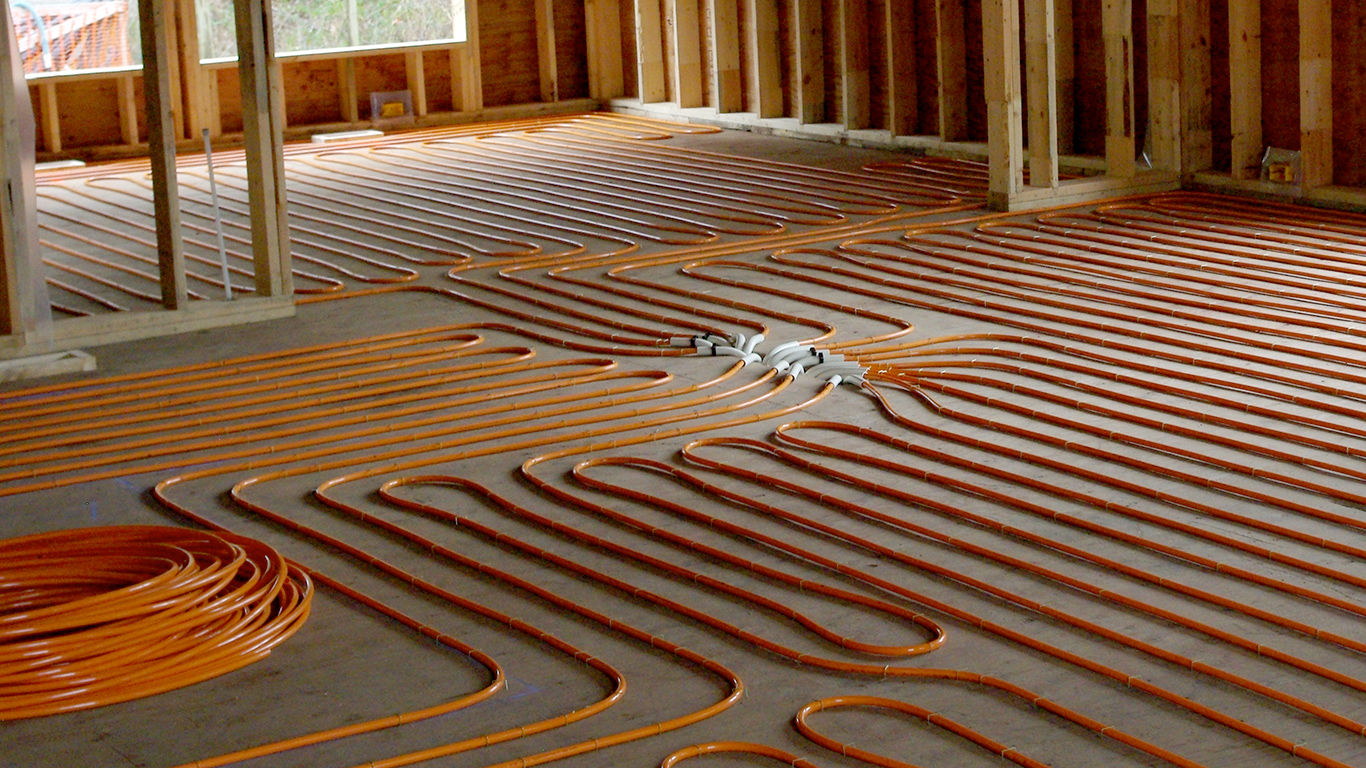

The growing popularity of PEX (cross-linked polyethylene) tubing during the past 15 to 20 years has made radiant floors easier to install and leak-free. Batts of fiberglass insulation are installed under the mats so most of the heat goes up, not down. You will, of course, need access to the bays from a basement or crawl space. No mortar is required.ĭon’t want to pull up your existing flooring? Companies such as SunTouch make electric radiant pads that fit in joist bays under the subfloor. Just roll it out, tape it in place, cover with floating-type flooring, and make the electrical connections. One manufacturer, Thermosoft, makes pads that produce 31 BTUs per square foot. There are also radiant electric floor heating pads that can be installed under laminate and other floating floors, such as engineered hardwood. Ceramic or stone tile are popular finished floor choices. The cables, which are often pre-attached to mats for ease of installation, are installed over the subfloor in a bed of thin-set mortar. Based on usage this first winter a typical 1000L oil tank will I believe last us for two years between refills.Electric radiant heating systems are typically supplemental, not meant to be the sole heat source for a room. I am in Scotland and we use around 2.5L of oil, and a basket of wood a day in the depth of winter. The oil is typically only to keep the background temp overnight, provide our hot water requirements for showers in the morning, and any daytime running before we start the wood fire. This heats up a thermal store like yours (by gravity feed), but I also have a thermostatic backup oil fired boiler that cuts in if the wood burner isn't running or isn't providing enough heat. My primary heat source is a wood burner stove with wrap around boiler. The concrete was vibrated in using a hand held vibrator whilst being levelled.Īlso I have allowed for thermostats in a number of locations, with electrically controlled valve actuators as well as the pump start up to control it. I laid my own floor, in 1.5m wide strips using temporary edges to run a spreader bar along. We are living in the house and the system works great. There are a few micro cracks, but I will be laying a tile isolation mat to ensure these don't carry through to the tiled floor when I finally get around to it.

I decided to reduce the thermal mass of mine (to reduce heat up time) so I only laid a 40mm slab, to do this I decided to reinforce it with chicken wire. I also installed my own system and congratulate you on a neat system. Wouldn't it make more sense, for comfort, to reverse the direction so the hotter temp water is coming into the center of the rooms and the colder is going out around the perimeter, or, is it done the way you have it because the colder temp of the room would be around the perimeter because of exterior walls and windows? Again, good instructable! I have a question about the flow direction of the water.

Not something that is easily, and inexpensively done, as an afterthought. If I were to have another house built, I would have a heated water floor system included, as my feet are always cold in the winter.

I have needed to refer to those photos often over the years. I did the same when my house was constructed so I knew where interior pipes and wires were run. I, too, took plenty of photos as the system was put in incase I needed the info later. I appreciate your instructable and your undertaking such a project. Now that I'm retired, I only turn it on when we get a freezing rain that leaves an ice coating on the driveway. I had a heated driveway put in a number of years ago.yes, it's expensive to run but at the time I was concerned with getting to work on time and since my garage faces north, it wasn't uncommon for the bottom of my garage door to get frozen to the cement making it impossible to get my car out of the garage. With me doing all the work, the total cost including everything involved was about $1,700.Ī shorter version of this story originally appeared on my blog: Wildcat Man. I bought a spare pump just in case of an emergency, and the only other component that can wear out is the water heater which I made sure is easily accessible. I mentioned that fact to our electric company energy expert and he said, "Wow!" He meant that in a good way. And as for efficiency, in our 980 square foot well-insulated house, we average 33 KW a day during the coldest months in western Oregon. There is no hot air blasting dust from vents, and no more feeding a wood stove and having a house that's either too hot or too cold. There is no noise other than the quiet hum of the little pump and the usual water heater sounds. The inside of the house feels like a nice day all winter long, staying at a consistent 68, our chosen setting. The pets have figured out where the supply pipes are and love to lay down on the nice warm floor.


 0 kommentar(er)
0 kommentar(er)
